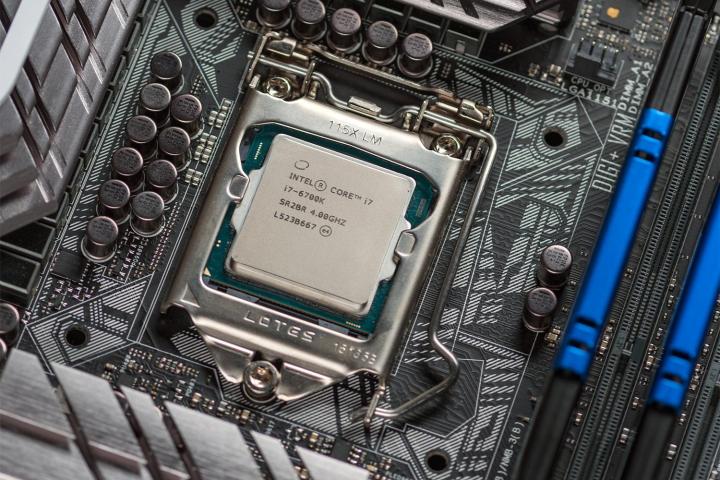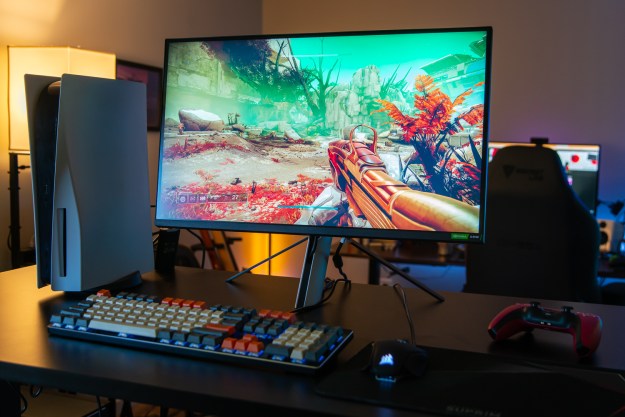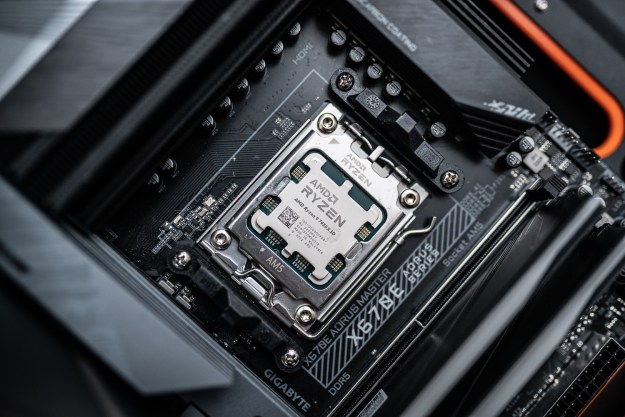
Prime95 works by multiplying large numbers together, using an algorithim known as Fast Fourier Transformation. It’s not important exactly how that works, but Wolfram has an explanation of it if you’re curious. The issue is reproduced by downloading the Prime95 software, punching the number 14942209 into an exponent test, and letting the program run. Once it reaches a certain length in the algorithm, the system will crash.
So far, the problem has been observed on systems running the Core i7-6700K, and can occur anywhere from minutes to hours after the process starts. Even weirder, the problem doesn’t seem to affect all of the chips, as a handful of users have been able to run for days following the steps above with no issue. But the vast majority of users have been able to reproduce it, albeit at inconsistent lengths of time.
The upshot is that some users have identified an easy fix. Turning off Hyper-Threading prevents the system from crashing, while sacrificing a decent chunk of the speed that users who are trying to find prime numbers really need.
Thankfully, it looks like there may be a fix in site. A couple of Intel techs swooped in to let everyone know that OEMs are aware of the problem, and fixes are rolling out via BIOS update that should resolve the issue. It’s a good thing the problem was able to be solved by software, rather than a physical recall of Intel’s latest and greatest chipset.


